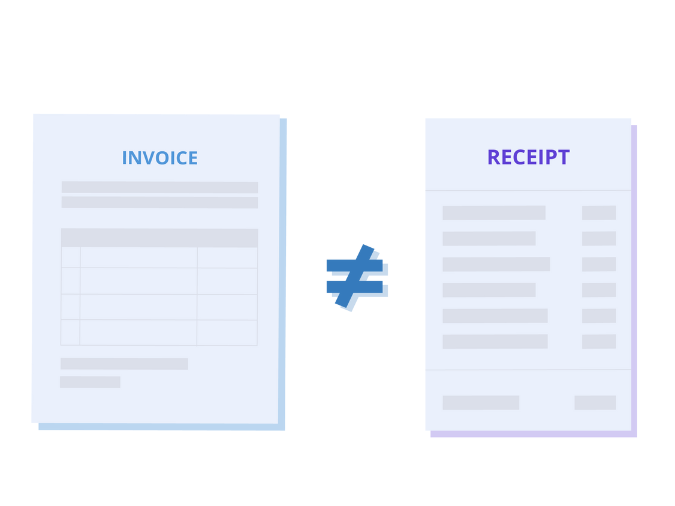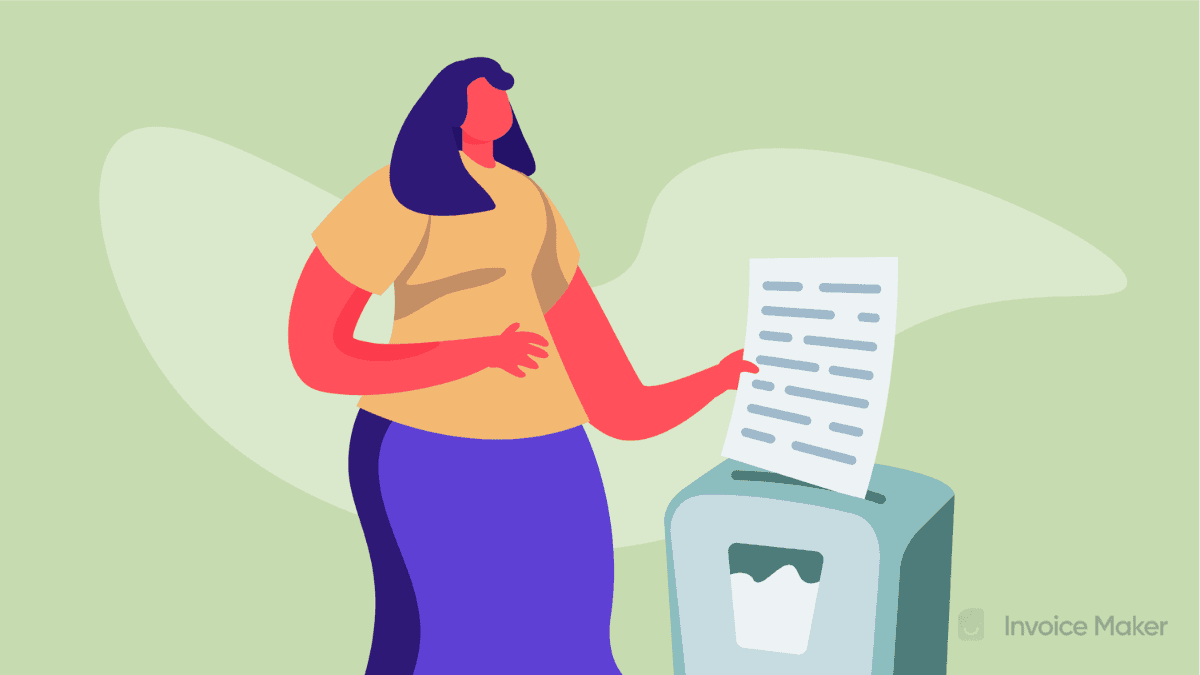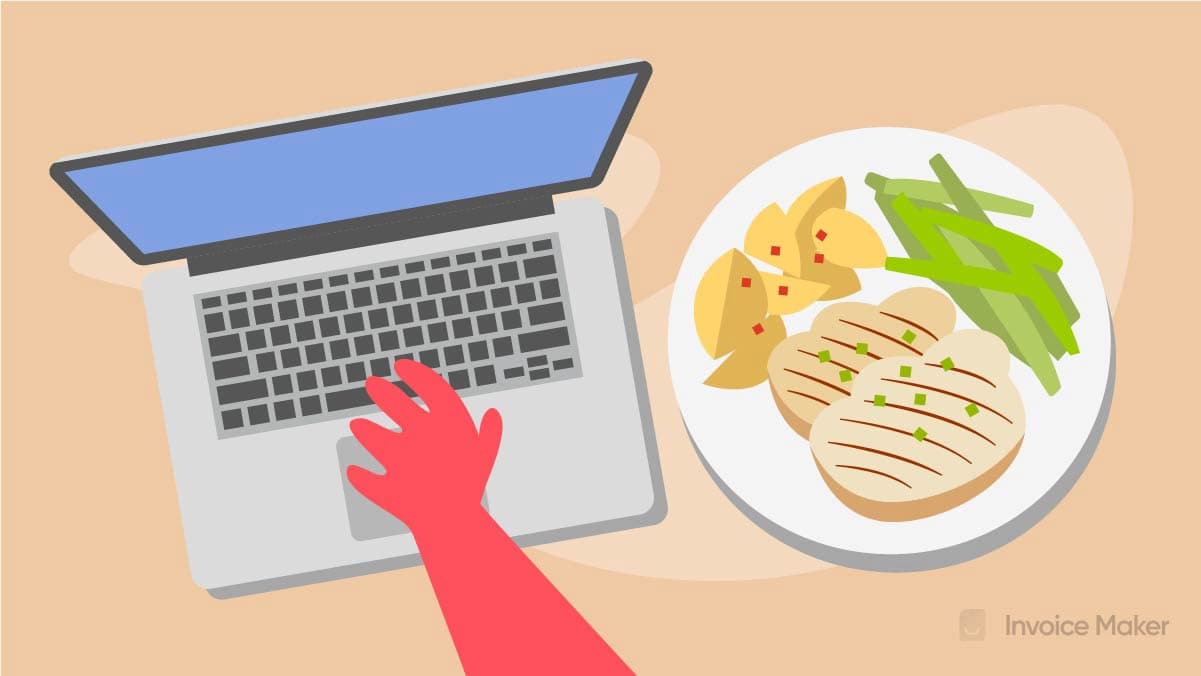Invoice vs. Receipt: What’s the Difference?

Accounting is a sore spot for all types of entrepreneurs, from freelance graphic designers to general contractors.
Make a Free Invoice NowIntuitively, business owners know they should keep track of the goods and services they sell. But sometimes this is easier said than done. One particular area of difficulty is discerning the difference between invoices and receipts.
While invoices and receipts both pertain to payments, some key distinctions are crucial to understand. We discuss these distinctions in more detail below.
What is an Invoice?
An invoice is a request for payment that’s sent by the seller to the customer after goods or services have been received. This document typically includes information such as:
- Date of sale
- Total amount owed
- Description of the goods or services rendered
- Preferred payment method
- Payment deadline and policies
Invoices are more commonly used in business-to-business (B2B) transactions. For example, after a web designer provides her services to a local restaurant, she invoices the eatery.
However, invoices are also helpful in business-to-consumer (B2C) transactions. A plumber, for instance, invoices a homeowner after fixing a leaky kitchen sink.
Benefits of Invoices
An invoice is the single most important legal document in your company’s arsenal. Here’s why:
- Invoices ensure prompt payment and, therefore, a consistent cash flow.
- Invoices help you keep track of sales for tax purposes.
- Invoices can also help you create revenue projections.
What is a Receipt?
A receipt is a document confirming proof of payment. This document is sent by the seller to the customer after the bill has been settled. Most receipts offer information such as:
- Transaction date (when the customer paid)
- Description of the goods or services rendered
- Amount paid
- Payment method used
Receipts are common in all transactions, regardless of type. A grocery store shopper, for example, will receive a receipt after buying a loaf of bread. Similarly, a university will receive a receipt after paying for landscaping services.

Benefits of Receipts
Though receipts aren’t legally required for all business transactions, they are beneficial for entrepreneurs and customers alike. Here’s why:
- Like invoices, receipts help entrepreneurs keep detailed records for tax purposes.
- Receipts can also be used to make budgetary projections.
- Receipts provide the customer with proof of purchase in case the item needs to be returned or is under warranty.
- Customers can use receipts to itemize deductions.
Invoice vs. Receipt: Key Differences
Both invoices and receipts are crucial tools that help entrepreneurs stay on top of their finances. However, these documents each have a distinct purpose.
Whereas an invoice is a request for payment, a receipt is proof of payment. As such, business owners send invoices before payment is received while receipts are sent after payment is received.
Other important distinctions are summarized in the table below.
Invoice vs. Receipt |
||
|
Invoice |
Receipt |
|
|
Purpose |
Request payment |
Provide proof of payment |
|
Timing |
Sent before payment is received |
Sent after payment is received |
|
Key Information |
The total amount due |
The total amount paid |
|
Benefit to Business |
Ensures prompt payment and consistent cash flow |
Offers detailed records for tax purposes |
|
Benefit to Consumer |
Helps the consumer know how much is due and when |
Can be used to return an item |
Can an Invoice Serve as a Receipt?
As a hustling freelancer, you may be tempted to use invoices and receipts interchangeably. However, this is not a smart business practice.
If you don’t issue receipts, you won’t have an accurate record of which clients have and haven’t settled their bills. Your customers also won’t have any documentation in case they want to return a product.



